|
It is easy to have an accident in the winter.
Therefore, although the roads are cleaned with snow-plugs...
... many Moscow car-owners, named in Russian автолюбители (literally – those, who love their cars more than their spouses), do not risk to drive their cars while the roads are slippery, and go by public transport.
Every large street in the city is served by a number of bus routes.
You should access a bus (as well, as a tram or a trolley-bus) through the very first door only.
To access buses, trolleybuses and trams, you have to insert the ticket-card into the lower slit of the turnstile (arrow first and face down), take it back from the same slit and when the green light flashes you may pass through the turnstile. A single-ride ticket you can buy on-board. It costs 28 rubles.
However it is more convenient and cheaper to buy it in the booths, located at the bus-stops or near the Metro stations. In this case it costs 24 rubles. It is also possible to get a multi-ride card in those booths, and each trip would be cheaper. The inscription "проездные билеты" means "travel tickets".
The
buses go
unhurriedly,
and you'd have a lot of time to regret about your past and to dream
of your future.
However many passangers prefer to read during the long trip.
An old trolleybus adjoins to a modern one.
Moscow tram in the Chistoprudny Boulevard.
In early 1900s Moscow had an extensive electric tram system, which had firstly been opened in 1899.
However as soon, as the trolleybuses appeared, and the Metro was opened, the tram network was radically reduced.
Unlike the buses, the marshrutkas goes much faster. As faster, as it sometimes becomes dangerous.
Marshrutka is a Jitney-like mode of transport that falls between private transport and conventional buses. The total majority of the marshrutkas are GAZelles...
However
in present time the GAZelles in Moscow are changed by Mercedes Sprinter, and Ford Transit.
Those microbuses contain more passengers and allow standing capacity.
Beside intracity marshrutkas there are also long-distance rutes. The marshrutka to be shown in the picture above goes to the city of Tula, which is in 100 miles from Moscow.
10-trips ticket. Actual size.
The elektrichkas also stop at numerous specially-built stops, known as platforms (Russian: платфо́рма)
This inscription means Stop-point of the first car.
It is important to know, what way should you choose. НА МОСКВУ means to Moscow, and ОТ МОСКВЫ means from Moscow.
An Elektrichka is arriving.
The passengers are booking their tickets in a KACCA.
|
Moscow ground public transport
Although the Moscow Metro is quite extensive, there are many municipal districts you still cannot reach by underground trains. It compels the Muscovites to reach the underground station by bus, by trolleybus, by tram or by minibus. On the other hand, it is easy to have an accident in the winter. Therefore, although the roads are cleaned with snow-plugs, many Moscow car-owners do not risk to drive while the roads are sipper. That is why there are different kinds of public transport exept Metro in the Russian capital. The most common of them are…
Every large street in the city is served by at least one bus
route. Many of these streets has trolley wires over them. Moscow
buses and trollebuses go since 5:30 AM till 1:00 AM. The average
distance between the bus-stops is about 150 metres or 500 feet. As Metro stations outside the city centre are far apart in comparison to other cities, up to 4 kilometres (2.5 mi), an extensive bus network radiates from each station to the surrounding residential zones. Also Moscow has a bus terminal for long-range and intercity passenger buses (Central Bus Terminal) with daily turnover of about 25 thousand passengers serving about 40% of long-range bus routes in Moscow. Buses and trolleybuses don't seem to operate on a fixed schedule, but there are always plenty of them around.
See the table below for details. No.7
trolleybus route is the most convenient to explore Moscow.
It runs from the Victory Park (Park Pobedy) to the Stone Bridge (Kamennyï Most) near the Kremlin. This route goes along the river bank and up to the Sparrow Hills (Vorobyovy Gory) and comes across many sights.
Bus and trolley-bus stops are easy to identify: look
for a post with special coloring with or without a shelter; line
numbers and destinations are always indicated. Dark-yellow signs are for
bus stops, white signs are for trolley-bus stops; if the sign is yellow
and white, it is a bus and a trolley-bus stop. The upcoming stops are usually announced loudly and there is always an itinerary
scheme.
Such kind of double-decker trolleybuses was in use in 1938-53
This kind of articulated trolleybuses to be in use during 1960s, was nicknamed "Garmoska" (Russian: гармошка – a button accordion). The inscription near the doors "Вход" and "Выход" meant accordingly "Enter" and "Exit".
In early 1900s Moscow had an extensive electric tram system, which had firstly been opened in 1899. However as Metro was opened (May, 1935) and the trolleybus appeared (November, 1934), the tram network was radically reduced and the most of the tram routes became to be served by the trolleybuses. In particular, the Б-tram-route to run around the Garden Ring, was changed by the Б-trolleybus-route. Now tram daily usage by the Muscovites is low (approx. five percent), although it still remains vital in some districts for those who need to get to the nearby Metro station.
A
Jitney-like
mode of transport that falls between private transport and conventional
buses. It is similar to German Sammeltaxis, Mexican Peserosand American dollar vans.
One trip costs 25 rubles ($0.84). You give money to the
driver just having entered the minibus. Unlike the buses, the marshrutkas goes much faster. As faster, as it sometimes becomes dangerous. The role of the modern Russian marshrutka is basically similar to the minibus in other countries.
Unlike ordinary taxicab using the taximeter, routed taxicab rides were paid per zones, like trams, buses and trolley buses; the fare was lesser than in ordinary taxis, but higher than in large-scale public transports. Unlike ordinary taxis where a passenger could enjoy a private ride, the routed taxicab would also pick up and drop passengers along its route. The first route lay along the Sadovoe Koltso (Garden Ring Street) and coincided with a trolleybus route "Б". However, as of 1939, the full fare was 3½ roubles; a similar service cost 1 rouble with a bus, or 50 kopecks with a tram. In 1960s, minibuses RAF-977 became common as routed taxis. The fare gap between buses and routed taxicabs lessened. Thus, in Moscow the standard bus fare was 5 kopecks (¢ 5.5), while a minibus trip cost 15 kopecks (¢ 16 2/3). The introduction of market economies
in early 1990s greatly changed the supply of transportation in the urban
population. The demand for faster and more versatile public transit came to be fulfilled dramatically, while the demand for the underfunded municipal transportation system dropped; people are willing to pay premium for better service. Although existing buses (like Ikarus, LAZ, PAZ, RAF, and KAvZ, as well as irregular imported used minibuses), obtained on a secondary market, had been used by entrepreneurs as a back-up on the busiest routes since the early 1990s, it wasn't until the auto manufacturer GAZ rolled out the first mass produced Russian minibus, GAZelle, that the modern system took
shape. However in present time the GAZelles in Moscow are changed by Mercedes Sprinter, and Ford Transit. Those microbuses contain more passengers and allow standing capacity.
Many
people to work in Moscow live in suburbs. Every morning they go to
Moscow and every evening they go home to their suburban towns and
villages. Therefore Elektrichka is one of the most popular mode of
transport in Moscow. Moreover same stations are situated inside the city, and many people to live in those districts to hove no Metro Stations, prefer to reach the city-center by electrichka. Elektrichka is a suburban electrical multiple unit passenger train. Elektrichkas are widespread in Russia, Ukraine and some other countries of the former Soviet Union. Elektrichka is a low-comfort train with simple benches, each seating three, rowed adjoining the windows.
As
for the real stay dogs, they also use the Elektrichkas for their seasonal
migrations. In the summer some dog flights live in woods, hunting
rodents, hares and badgers. However when the winter comes and the
majority of small animals runs into hibernation, the flight moves by the
Electrichcas to the city, On the other hand, elektrichkas can be uncomfortable, dirty and have a high rate of on-board crime. As of 2009/10 there is also new elektrichkas which are usually quite comfortable and some are even operated by private companies so they could also be quite safe, clean and good-looking. Such elektrichkas are usually high-speed, have quite few stops during travel, tickets are quite expensive and therefore such elektrichkas are usually serve as true intercity trains while cheaper ones often interconnect city and suburbans only.
These women are looking for their Elektrichka in the time-table.
See also: |
||||||||||||||||||||||||||||||||||||||||||||||||||||||||||||||||||||||||||||||||||||||||||||||||||||||||||||||||||||||||||||||||||||||||||||||||||||||||||||||||||||||||||||||||||||||||||||||||||||||||||||||||||||||||||||||||||||||||||||||||||||||||||||||||||||||||||||||||||||||||||||||||||||||||||||||||||||||||||||||||||||||||||||||||||||||||||||||||||||||||||||||||||||||||||||||||||||||||||||||||||||||||||||||||||||||||||||||||||||||||||||||||||||||||||||||||||||||||||||||||||||||||||||||||||||||||||||||||||||||||||||||||||||||||||||||||||||||||||||||||||||||||||||||||||||||||||||||||||||||||||||||||||||||||||||||||||||||||||||||||||||||||||||||||||||||||||||||||||||||||||||||||||||||||||||||||||||||||||||||||||||||||||||||||||||||||||||||||||||||||||||||||||||||||||||||||||||||||||||||||||||||||||||||||||||||||||||||||||||||||||||||||||||||||||||||||||||||||||||||||||||||||||||||||||||||||||||||||||||||||||||||||||||||||||||||||||||||||||||||||||||||||||||||||||||||||||||||||||||||
|
Trolleybus Routes map (center of THE CiTy)
|
|||||||||||||||||||||||||||||||||||||||||||||||||||||||||||||||||||||||||||||||||||||||||||||||||||||||||||||||||||||||||||||||||||||||||||||||||||||||||||||||||||||||||||||||||||||||||||||||||||||||||||||||||||||||||||||||||||||||||||||||||||||||||||||||||||||||||||||||||||||||||||||||||||||||||||||||||||||||||||||||||||||||||||||||||||||||||||||||||||||||||||||||||||||||||||||||||||||||||||||||||||||||||||||||||||||||||||||||||||||||||||||||||||||||||||||||||||||||||||||||||||||||||||||||||||||||||||||||||||||||||||||||||||||||||||||||||||||||||||||||||||||||||||||||||||||||||||||||||||||||||||||||||||||||||||||||||||||||||||||||||||||||||||||||||||||||||||||||||||||||||||||||||||||||||||||||||||||||||||||||||||||||||||||||||||||||||||||||||||||||||||||||||||||||||||||||||||||||||||||||||||||||||||||||||||||||||||||||||||||||||||||||||||||||||||||||||||||||||||||||||||||||||||||||||||||||||||||||||||||||||||||||||||||||||||||||||||||||||||||||||||||||||||||||||||||||||||||||||||||||
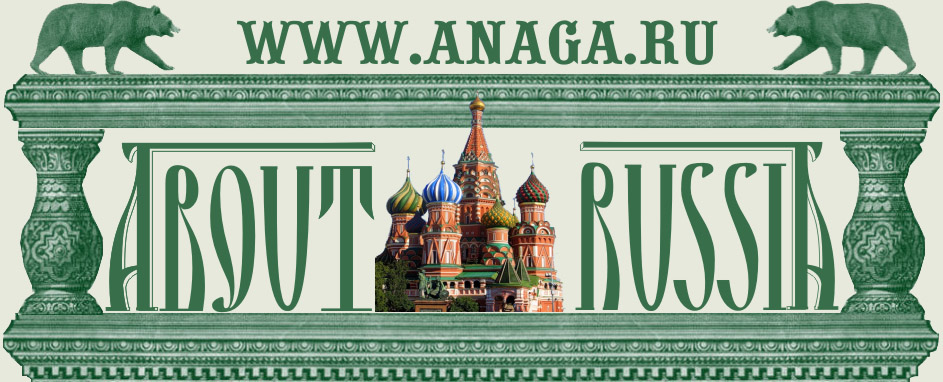




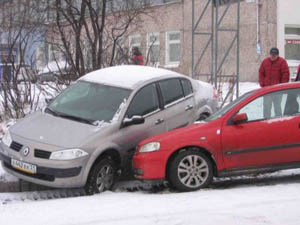
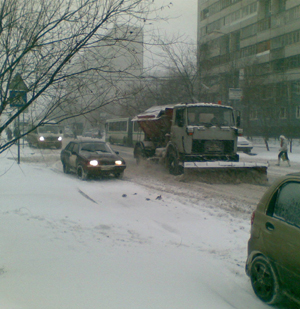
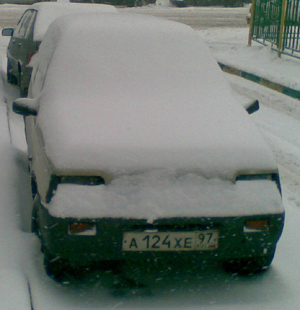
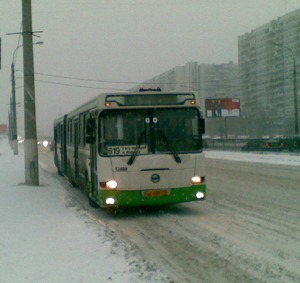
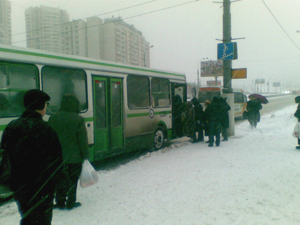
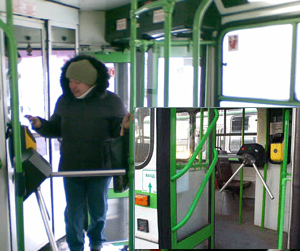
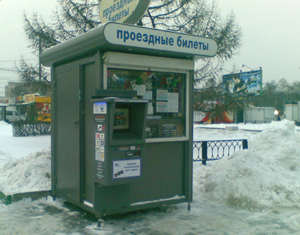

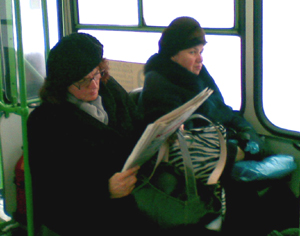
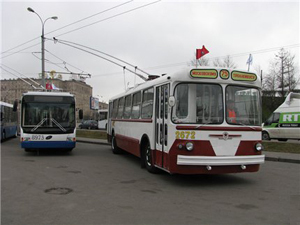
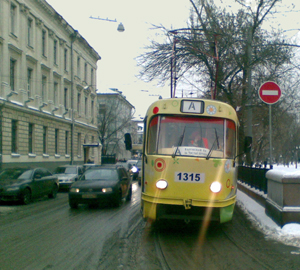
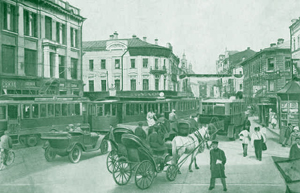
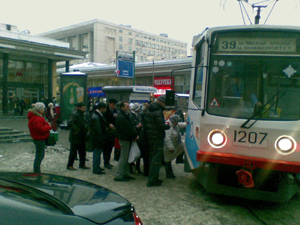
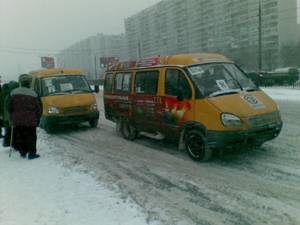
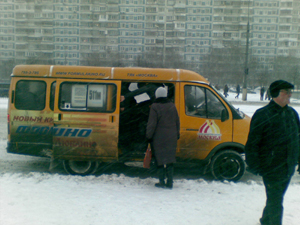
.jpg)
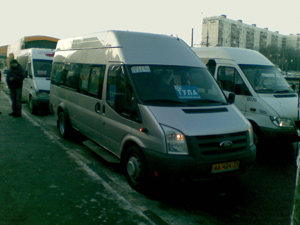
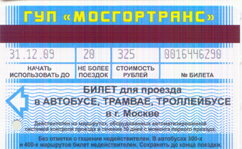
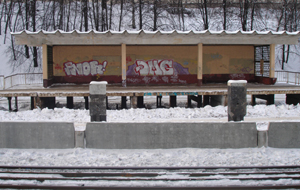
.jpg)
.jpg)
.jpg)
.jpg)

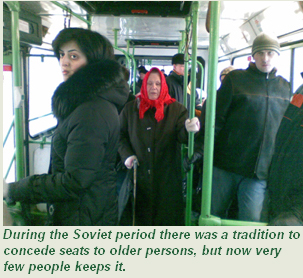
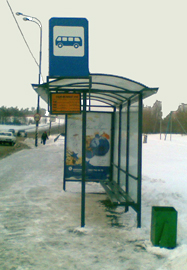
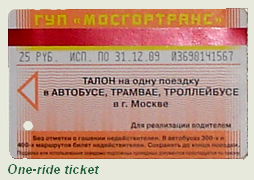
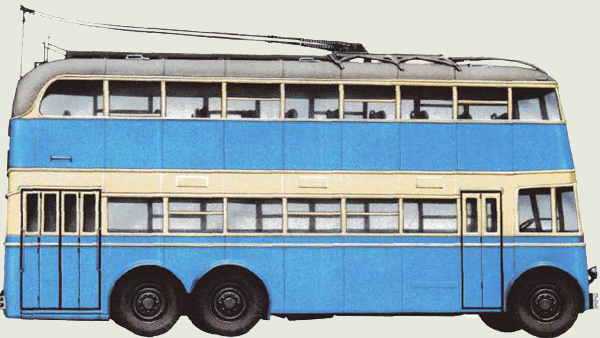



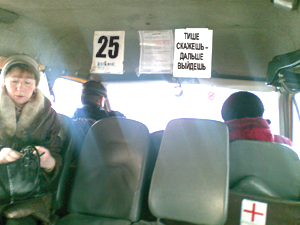
.jpg)

.jpg)
.jpg) Although ticket prices are being raised, operational costs are still generously subsidized. Even with this subsidy, many passengers bribe controllers to avoid paying full fares. It is also sometimes fake controllers may be seen to pick money from passengers. In addition, large luggage and pets are often carried unpaid. Some elektrichka stops with low numbers of passengers may lack ticket offices at all. Although a ticketless rider, if caught, has to pay a normal fare, no fine may be imposed on them if they say they had boarded the train at such a stop. As the list of stops with no ticket offices is well-known, this is often used for fare evasion.
Although ticket prices are being raised, operational costs are still generously subsidized. Even with this subsidy, many passengers bribe controllers to avoid paying full fares. It is also sometimes fake controllers may be seen to pick money from passengers. In addition, large luggage and pets are often carried unpaid. Some elektrichka stops with low numbers of passengers may lack ticket offices at all. Although a ticketless rider, if caught, has to pay a normal fare, no fine may be imposed on them if they say they had boarded the train at such a stop. As the list of stops with no ticket offices is well-known, this is often used for fare evasion..jpg)
.jpg)
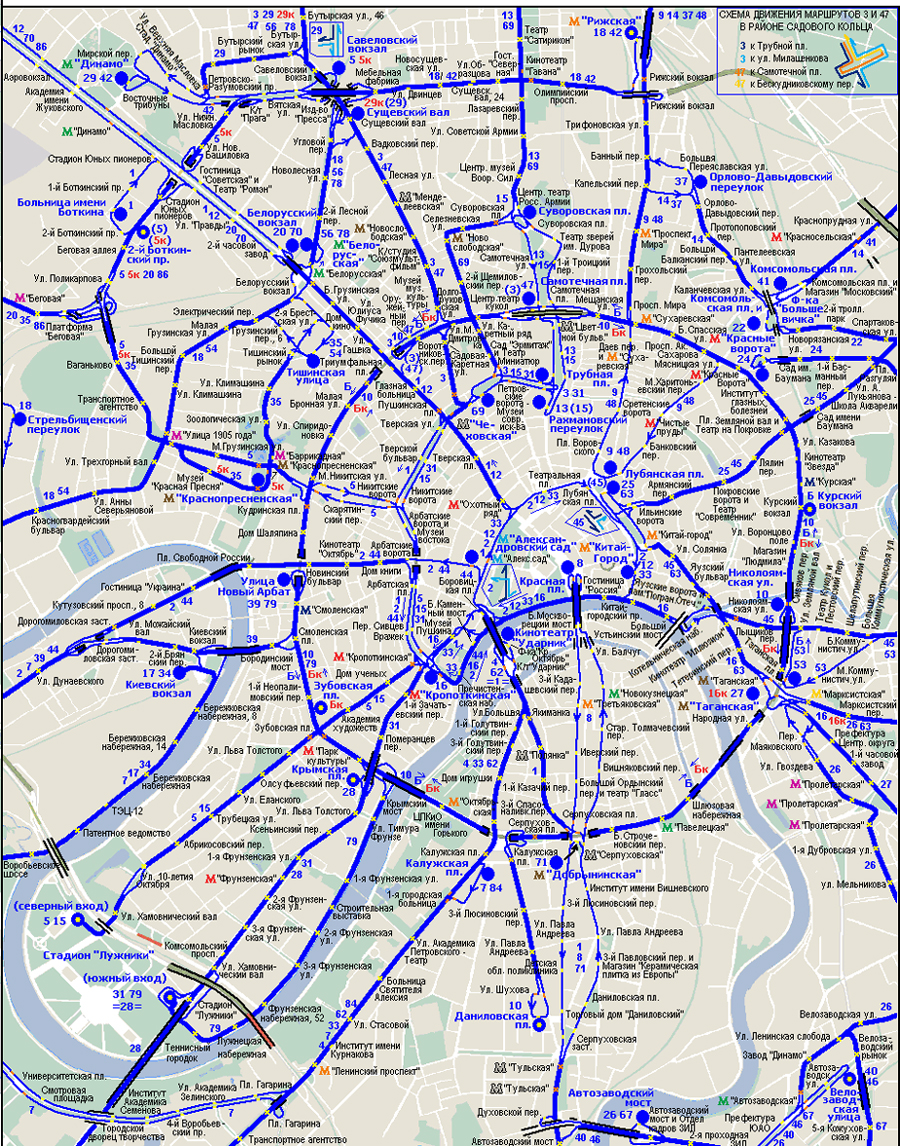
.jpg)

